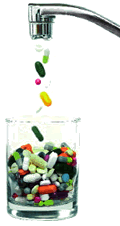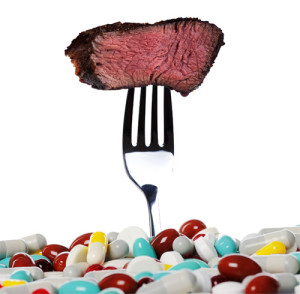Increasing Level of Chemicals in Our Water Supply
The number of chemicals contaminating our environment is growing at an exponential rate, scientists say. ?We?re looking at an increasingly diverse array of organic and inorganic chemicals that may have ecosystem health effects,? said Edward Furlong, a research chemist with the United States Geological Survey, office in Denver and one of the first scientists to track the spread of pharmaceutical compounds in the nation?s waterways. ?Many of them are understudied and unrecognized.? Dr. Schnoor, a professor of civil and environmental engineering at the University of Iowa, also noted rising concern among researchers about the way older compounds are altered in the environment, sometimes taking new and more dangerous forms. The development of new compounds and the increasing discovery of unexpected contaminants in the environment means that the nation desperately needs a better system for assessing and prioritizing chemical exposures. That includes revisiting the country?s antiquated chemical regulation and assessment regulations. The Toxic Substances Control Act went into effect in 1976, almost 40 years ago, and has not been updated since. Continue reading the full article here.
Antibiotics in Livestock:? F.D.A. finds Use is Rising
According to the Food and Drug Administration, the amount of antibiotics sold for use in livestock rose substantially in recent years.? In an annual report posted online on Thursday, the agency said the amount of medically important antibiotics sold to farmers and ranchers for use in animals raised for meat grew by 16 percent from 2009 to 2012.
While there are many health benefits to antibiotics, the overuse of them has increased health risks in humans.? Currently, farmers, having learned that antibiotics help animals grow rapidly, regularly add the drugs to feed and water, with no prescriptions or sign of sickness in the animals. The indiscriminate use of these drugs leads to antibiotic resistance, causing antibiotics critical for human health concerns to become less effective.
Continue reading news of results here.



Comments are closed.